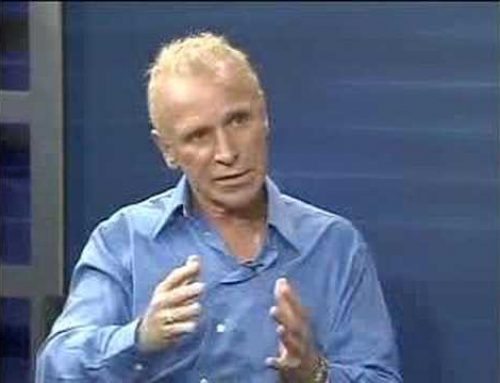That brain of yours is the server network for the biggest information superhighway in the world: your body. And the ability of your brain cells to form connections with other brain cells is of paramount importance in living long and living well, maybe even more important than the number of brain cells you actually have.
That’s important. We’ve been told for decades that you lose millions of brain cells every year as you age, but the truth is you’ve got trillions of them. What’s far most important for the health of your brain is not the total number, but how the ones you have actually perform.
Making new connections is a vital part of anti-aging, both literally (in the brain) and metaphorically (in life), and it’s something that’s much more under your control than you might think.
Remember the old riddle, “How do you get to Carnegie Hall? Practice, practice!” Well, it’s the same thing with your brain. You can practice network formation. You can strengthen the ability to form new connections, just as you strengthen your biceps by doing dumbbell curls. You can practice network formation and strengthen your brain’s ability to do it by living what I call a life of learning.
Brain expert Randy Buckner, PhD., of Harvard University, suggests that adults take university courses as a strategy to stave off brain aging. And why not? The key is to engage the brain in new activities and new challenging tasks.
Which, by the way, is a great way to stay young!
Learning new skills, such as studying new subjects (learning a language, or—something I did recently—the order of all 44 US presidents*, or a hundred breeds of dogs, or anything else that might strike your fancy) engages the very networks whose health your brain depend on. It doesn’t matter what you learn; rather it matters that you learn.
It’s no accident that some of the longest-lived folks on earth are musical conductors, who are constantly learning new scores or reinterpreting old ones. (And it doesn’t hurt that they send a lot of oxygen into their brains by waving their hands around for two hous a night. Talk about “neuroaerobics”!)
* there have actually been 43 people who’ve been president, not 44; Grover Cleveland was elected in two non-consecutive terms














This information is Very Valuable, Thank you Johnny,